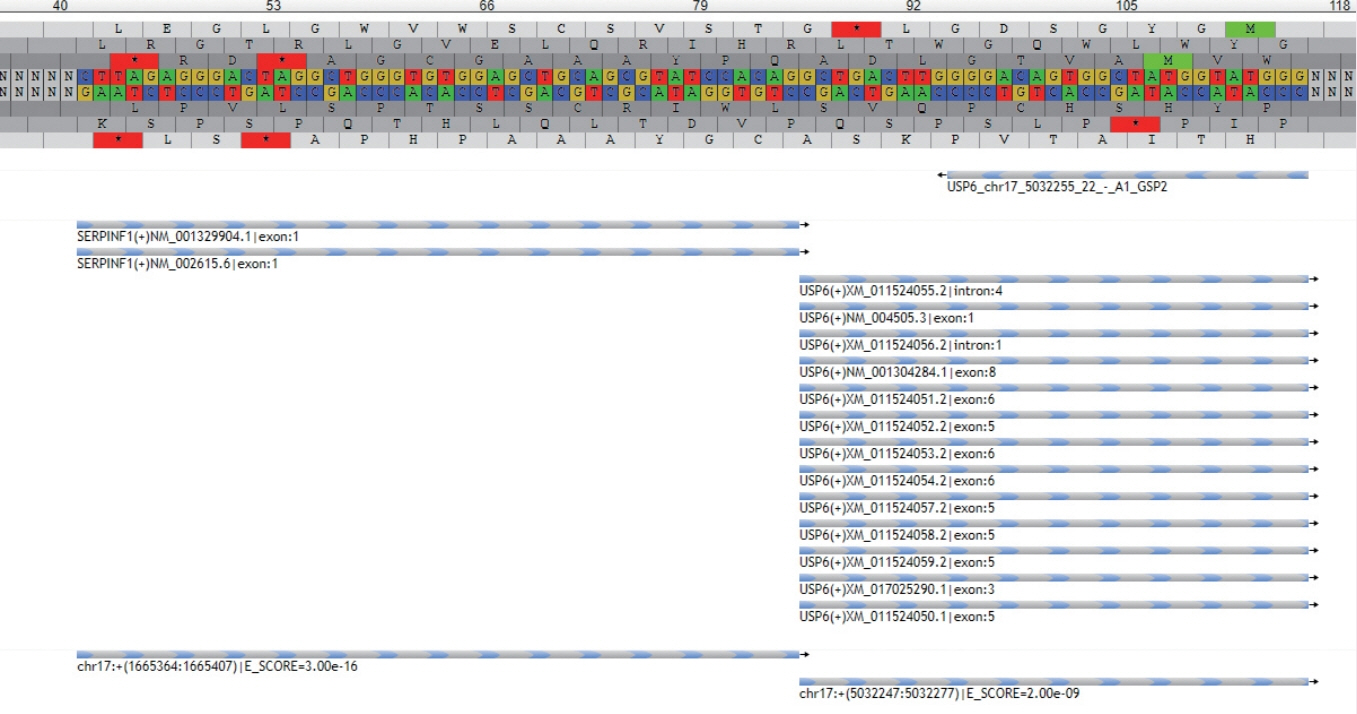J Pathol Transl Med.
2023 May;57(3):184-187. 10.4132/jptm.2023.03.20.
What’s new in bone and soft tissue pathology 2023: guidelines for molecular testing
- Affiliations
-
- 1Department of Pathology, Northwestern University Feinberg School of Medicine, Chicago, IL, USA
- KMID: 2542285
- DOI: http://doi.org/10.4132/jptm.2023.03.20
Abstract
- Our understanding of bone and soft tissue tumors has thoroughly evolved as a consequence of modern molecular techniques. DNA and RNA sequencing methods play an important diagnostic and therapeutic role in sarcoma pathology. Herein, we discuss current guidelines and best practices for molecular testing in bone and soft tissue tumors.
Figure
- Full Text Links
- Actions
-
Cited
- CITED
-
- Close
- Share
- Similar articles
-
- What’s new in molecular genetic pathology 2021: solid tumors and NGS panel selection
- Clinical Practice Guidelines for Soft Tissue Infections
- Clinical study of Simultaneous Correction of Bone and Soft Tissue Deformities in Hemifacial Microsmia
- What’s new in soft tissue and bone pathology 2022–updates from the WHO classification 5th edition
- Acute Shortening and Gradual Lengthening for a Comminuted Tibia Fracture with Massive Bone and Soft Tissue Defect: Case Report




